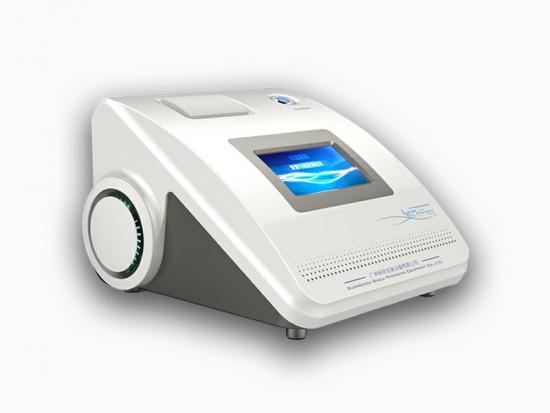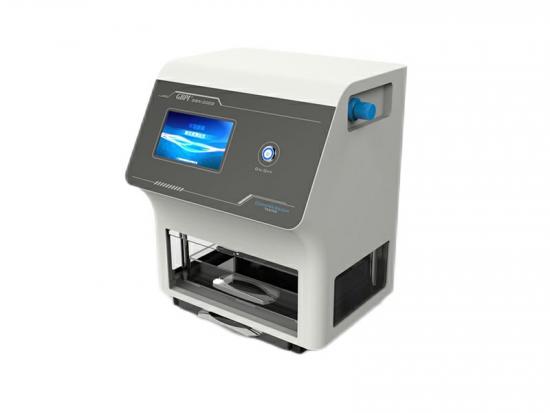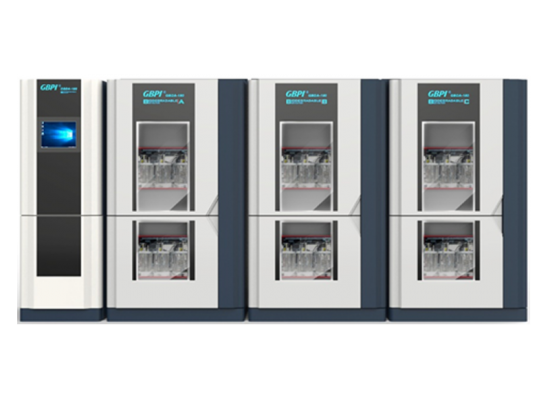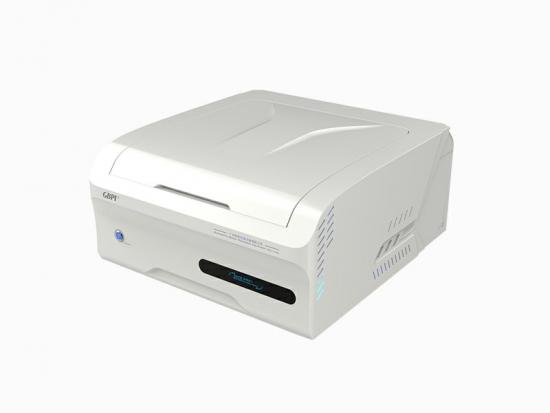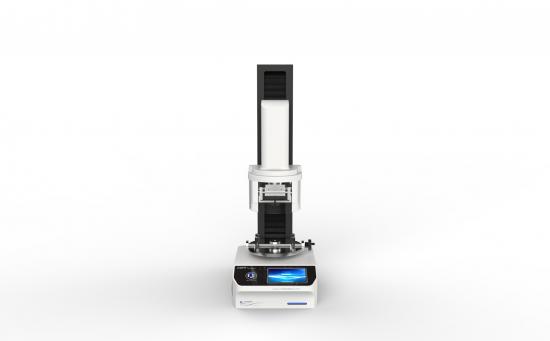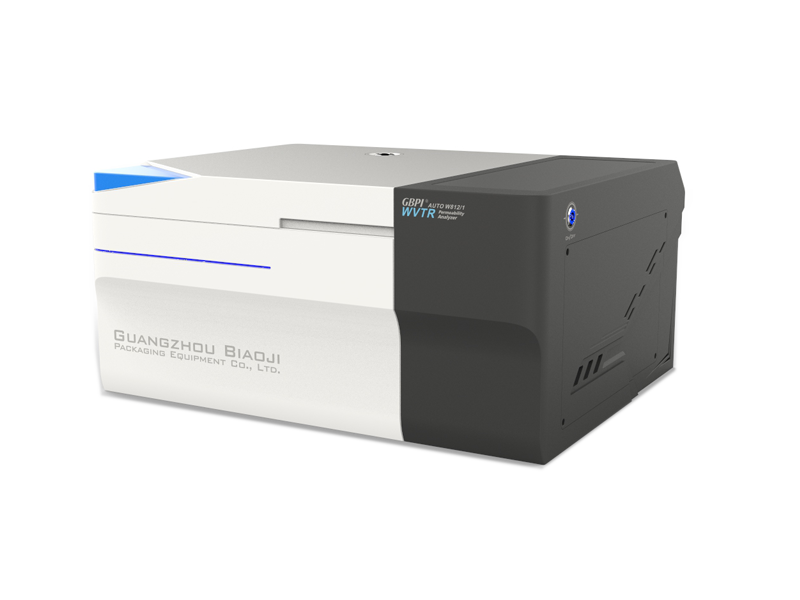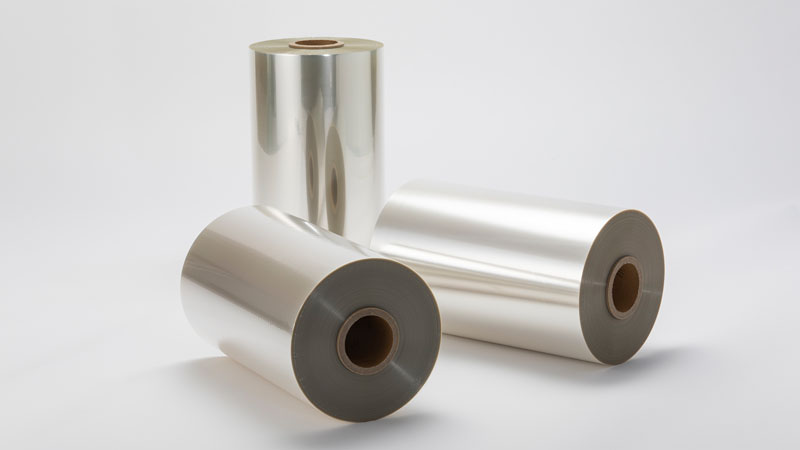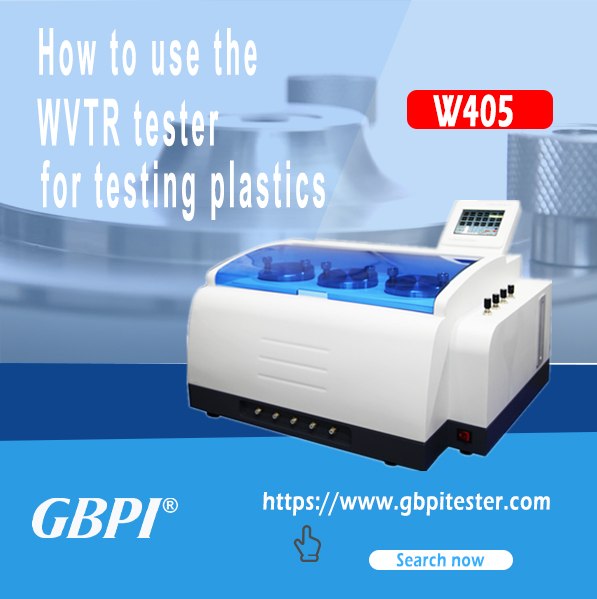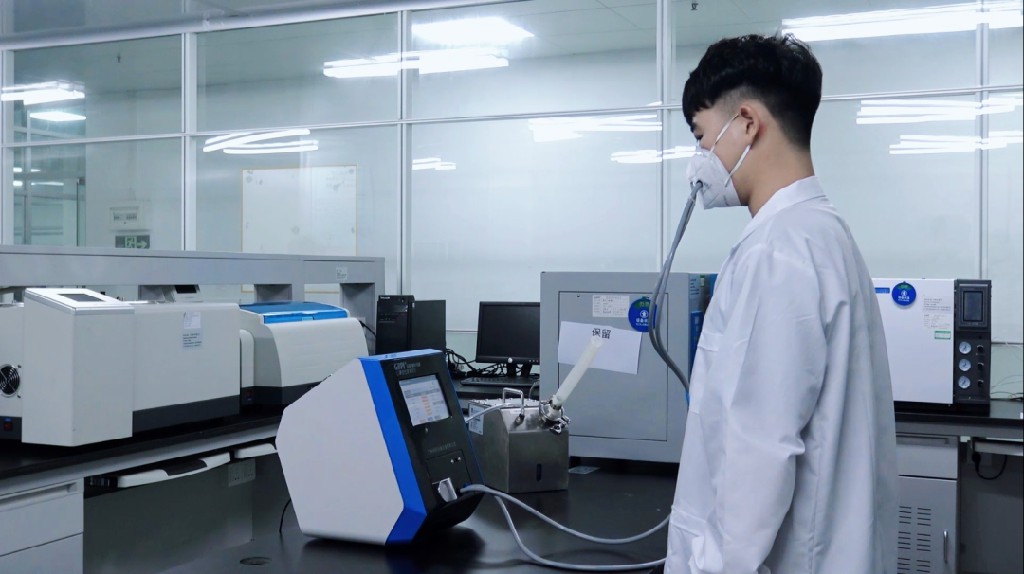Test Method for Oxygen Barrier Performance of Plastic Ampoules
2023-05-17
Abstract: Plastic ampoules are widely used in the pharmaceutical industry due to their convenience, ease of opening and safety. However, compared with glass ampoules, the oxygen barrier performance of plastic ampoules is lower, which may lead to the deterioration of samples. Therefore, the oxygen barrier performance of plastic ampoules is one of the key performance indicators for pharmaceutical manufacturers to consider. In this paper, the oxygen permeation rate of plastic ampoules was tested by using Y310 Coulomb Electricity Method Oxygen Permeation Tester developed by GBPI. The test standard, test procedure and test results were introduced, and the oxygen barrier performance of plastic ampoules was effectively evaluated by taking the whole plastic ampoule as the test object. Ampoules Ampoule is a kind of sealed vial used for storing injection, vaccine, serum, etc. The capacity is usually 1~25 mL, and it can also be used for storing oral solution. Glass ampoules were firstly used, but there have been many problems such as not easy to open with bare hands, risk of cutting fingers, easy to wear the drug markings on the surface of the bottle, and the glass fragments from opening may cause infusion reactions, which affect the safety of medication use. Due to its advantages, plastic is gradually becoming a substitute for glass ampoules. Compared with traditional glass ampoaules, plastic ampoules are convenient to operate, easy to open, less likely to produce fragments and particles during opening, and have high safety, and are widely used in many pharmaceutical industries. In the process of application, the oxygen barrier performance of plastic ampoule is one of the main factors affecting the quality and safety of drugs. If the oxygen barrier performance of plastic ampoule is low, i.e. the oxygen transmission is high, some components of the drug will easily react with the oxygen penetrating into the container and be oxidized, resulting in discoloration, precipitation, reduced efficacy and even toxic substances. Therefore, drug manufacturers should pay attention to the oxygen barrier performance of plastic ampoules and strengthen the monitoring of oxygen transmission rate of plastic ampoules. Testing standards There is no pharmaceutical industry standard for oxygen transmission rate testing of plastic ampoules. Due to the unique opening structure and molding process, the thickness of the plastic at the opening fracture is smaller than that of the other parts. The different thicknesses further cause the difference in oxygen transmission rate of different parts of the plastic ampoule, so the oxygen transmission rate of the plastic sheet cannot be used to indicate the overall barrier performance of the plastic ampoule. The oxygen barrier performance should be evaluated from the perspective of testing the whole container. The standard used for the test involved in this paper is GB/T 31354-2014 "Test Method for Oxygen Permeability of Packaging Parts and Co...
View More

 info@gbtest.cn
info@gbtest.cn



 en
en ru
ru es
es ar
ar

